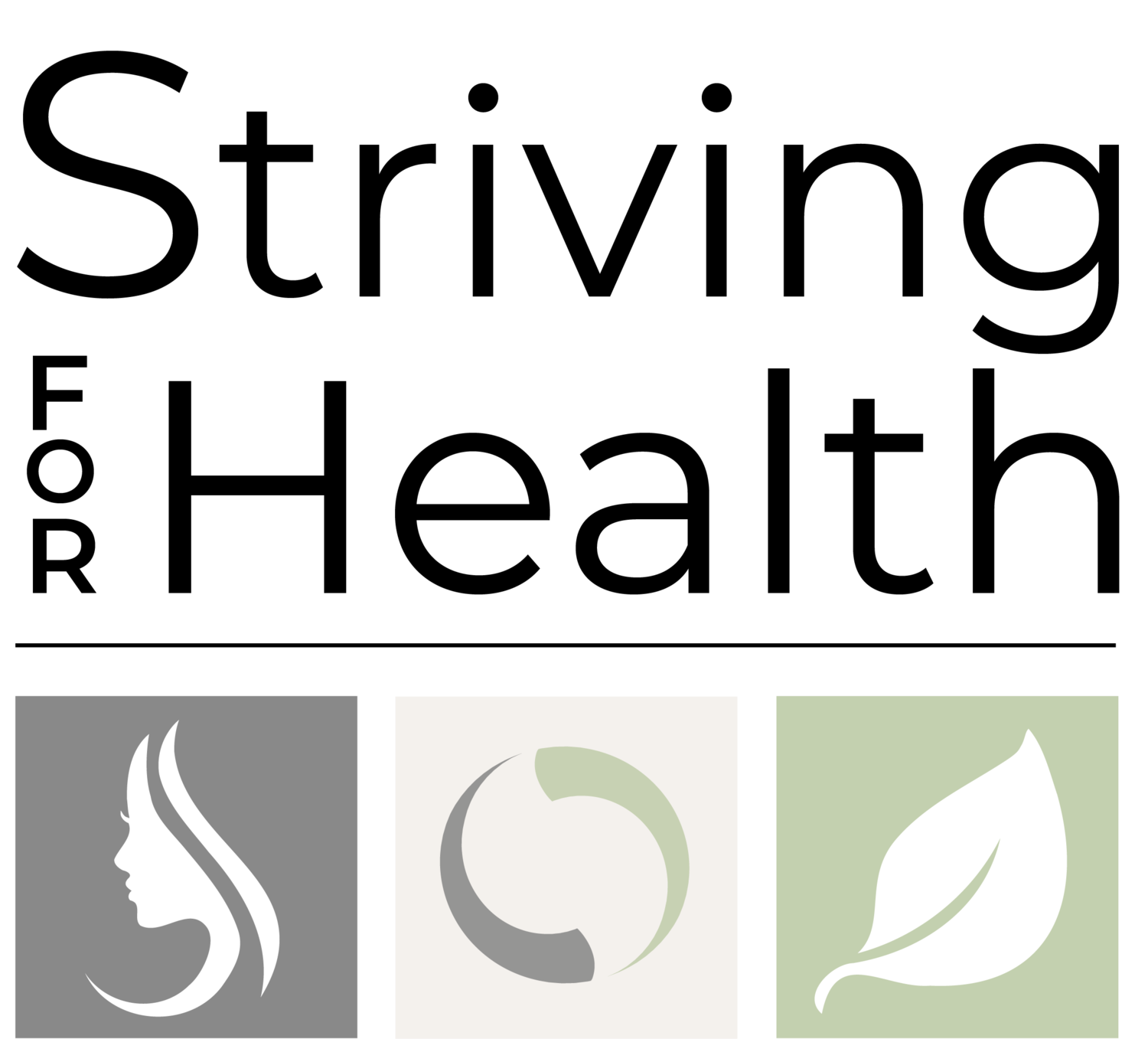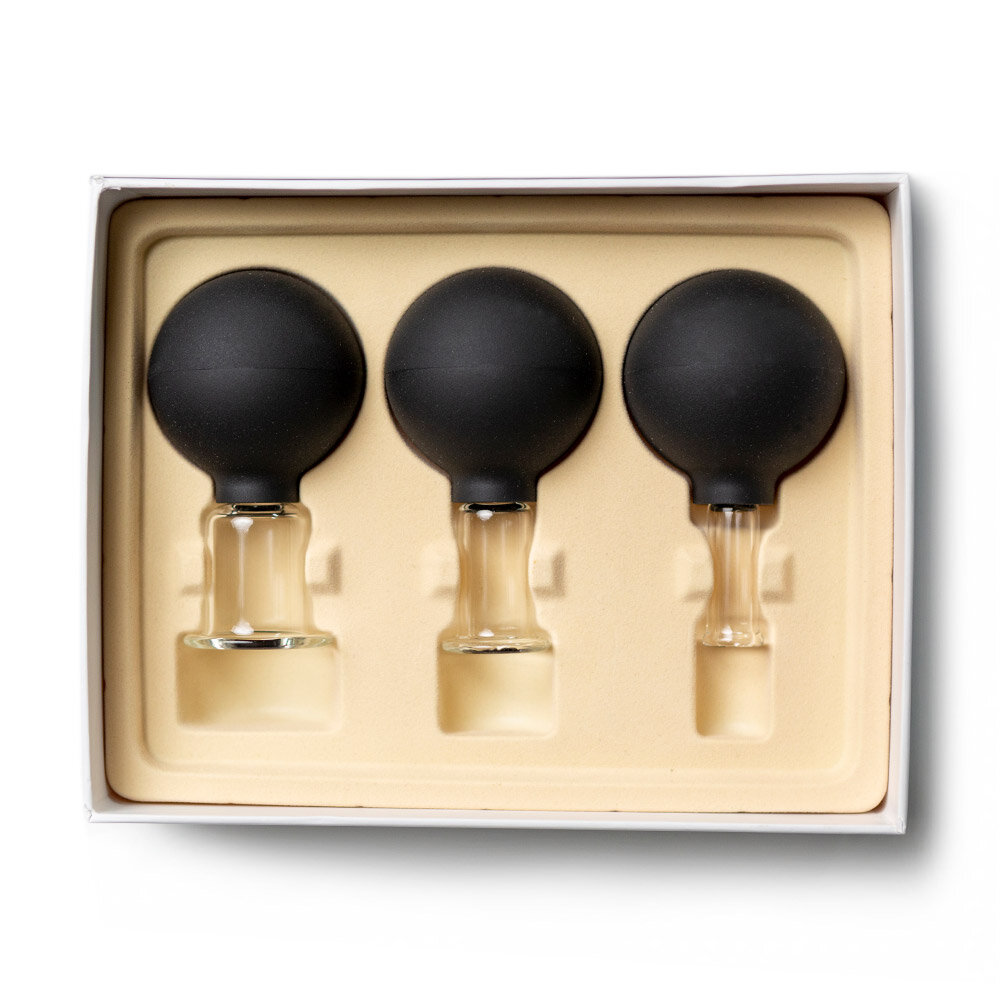
Facial Cupping
Cupping is a gentle and relaxing treatment that has been used in TCM for centuries.
Facial Cupping is very different from body cupping and does not leave any marks on the skin whatsoever. It utilizes a gentle suction action that helps pull fresh nutrients into and through the tissues, increasing blood flow to the area. This soothing treatment is used on the face and neck to move stagnant lymph fluid, increase circulation, nourish tissues, reduce inflammation, invigorate the skin and help reduce fine lines and wrinkles. When there is more blood flow, more nutrients are in the tissue and the cells are able to work better.

Other benefits include:
Reduces puffiness
Helps to drain sinuses
Helps to lift, sculpt and define facial contours
Moves facial lymph
Relaxes muscles and softens fine lines and wrinkles
We use glass facial cups for our treatments in a variety of sizes depending on the area of the face on which we are working.
Learn how Facial Cupping integrates into our Signature Facial Rejuvenation Treatment

Already a Signature Client and want to maintain your radiance? Try our 30 minute Facial Rejuvenating boost today.
Get ready to bring your GLOW ON with our at home practitioner grade cupping kits.
Have you looked at what other services Striving for Health has to offer?
Our approach to treating acne is multifaceted to ensure the best results. If there are any triggers for the acne (foods, products, etc.) we will identify those and address them, we will work locally on the face with acupuncture and blue LED light therapy to support the skin and reduce the bacteria causing acne.
Natural wholistic therapies can work wonders for the health of the skin and all its many layers. The goal is to get the skin as healthy as possible, keeping it toned and happy so it looks and feels fabulous.
Insomnia is a sleep disorder where people have trouble falling asleep and/or staying asleep. It affects as many as 35% of adults. It can be an acute or a chronic problem. Acute insomnia lasts for a day up to a few weeks. Chronic insomnia is diagnosed if insomnia happens at least 3 times a week for at least 3 month or more.






